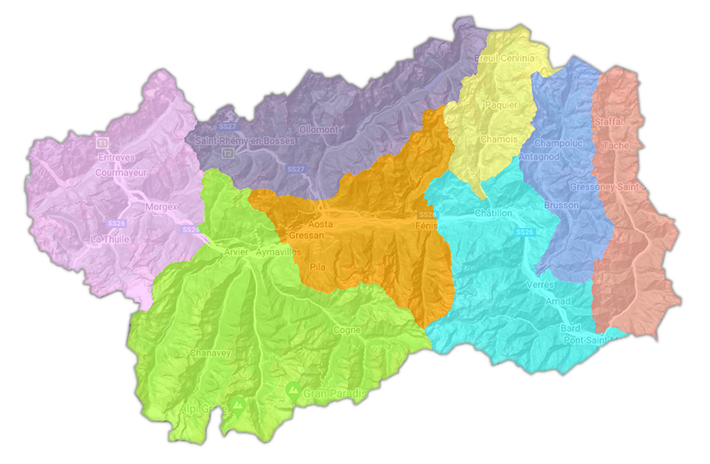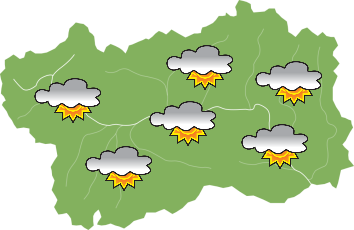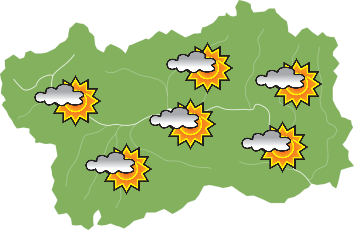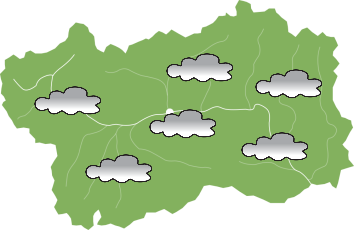Goat cheeses
Two peculiar working processes for goat's cheeses
In the Aosta Valley, the production of cheeses made from goat's milk is limited and very few dairy farms deal in marketing them. At the Aosta Valley agri-food product markets it is however possible to find stands of goat's cheeses of different types and with a very high level of quality.
Two types are worked: soft paste and pressed paste; the preparation process of the soft paste cheese sees the milk, following coagulation and subsequent break-up into small granules, being placed into the moulds without being pressed and left to mature in places which are high in humidity.
The preparation process of the pressed paste cheese is different, in that the milk is heated slightly first and, following coagulation and subsequent breaking up of the curds, again before being placed in the moulds,salted and turned over several times during the maturing process. This makes for a tasty cheese with a very particular flavour. Goat's milk, which has always been appreciated in the traditions of Valle d'Aosta, was often used by women to wean babies.
Furthermore, due to the anti-waste customs that distinguish the rural economy, it is also possible to find mixed cheeses produced with milk mixtures: goat-cow, sheep-goat or sheep-cow.










